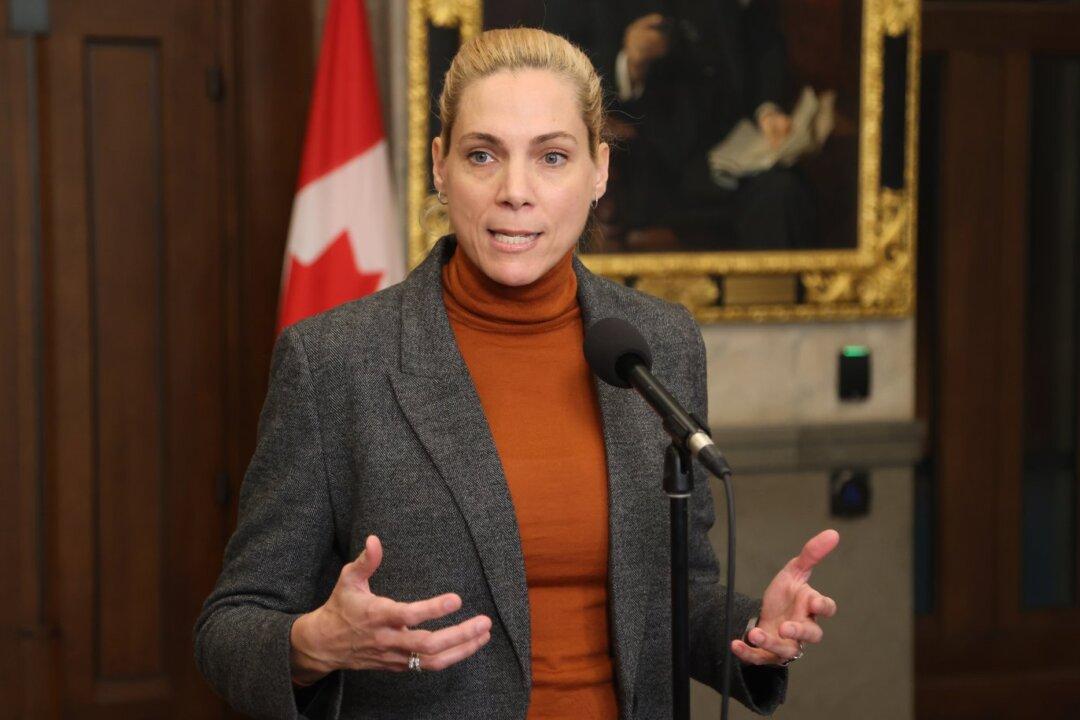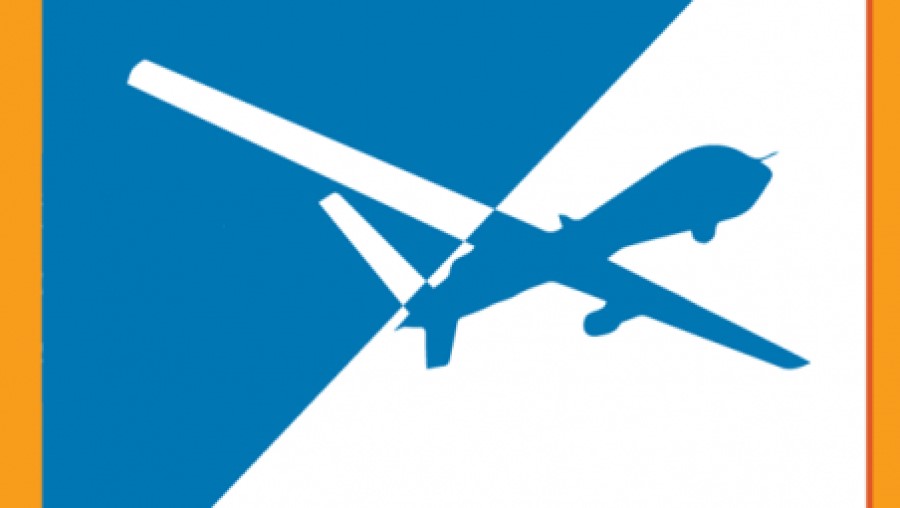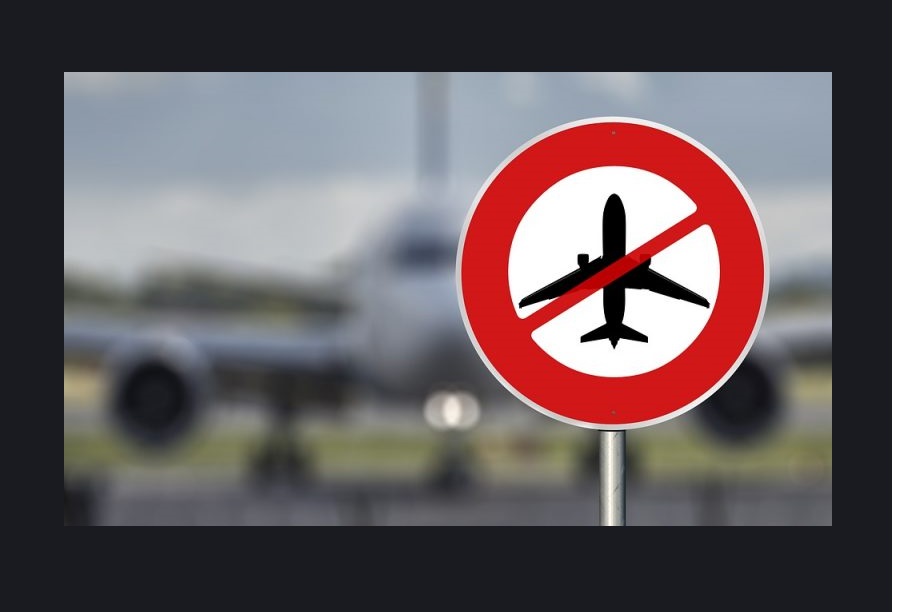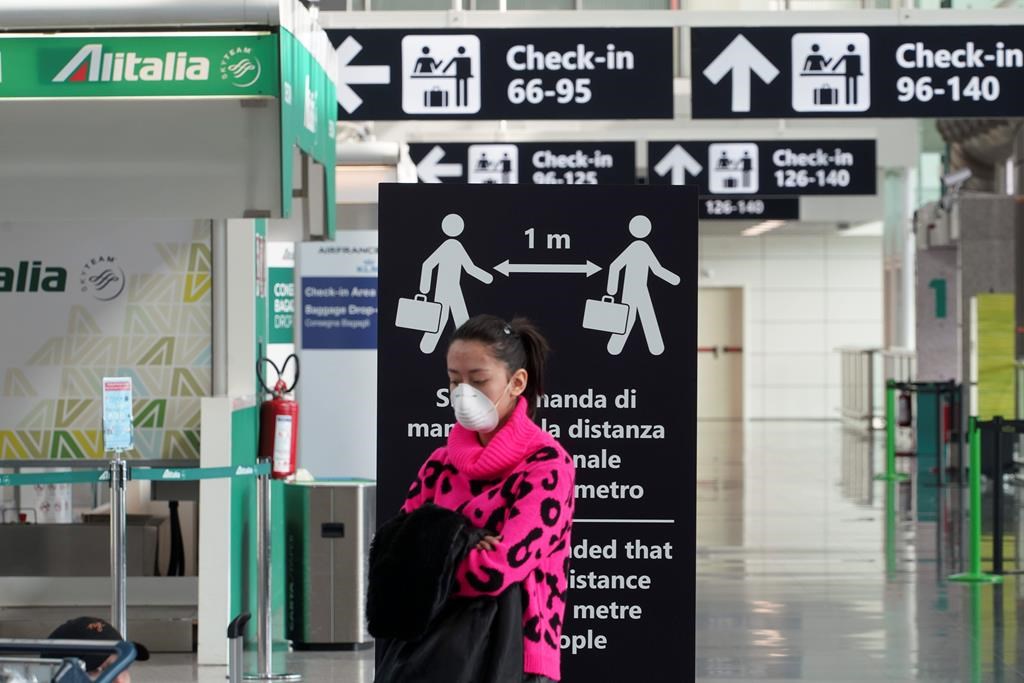Ottawa-Funded Misinformation Detection Tool to Rely on Artificial Intelligence

A new federally funded tool being developed with the aim of helping Canadians detect online misinformation will rely on artificial intelligence (AI), Ottawa has announced.
Heritage Minister Pascale St-Onge said on July 29 that Ottawa is providing almost $300,000 cad to researchers at Université de Montréal (UdeM) to develop the tool.
“Polls confirm that most Canadians are very concerned about the rise of mis- and disinformation,” St-Onge wrote on social media. “We’re fighting for Canadians to get the facts” by supporting the university’s independent project, she added.
Canadian Heritage says the project will develop a website and web browser extension dedicated to detecting misinformation.
The department says the project will use large AI language models capable of detecting misinformation across different languages in various formats such as text or video, and contained within different sources of information.
“This technology will help implement effective behavioral nudges to mitigate the proliferation of ‘fake news’ stories in online communities,” says Canadian Heritage.
Related-
OpenAI, Google DeepMind Employees Warn of ‘Serious Risks’ Posed by AI Technology

With the browser extension, users will be notified if they come across potential misinformation, which the department says will reduce the likelihood of the content being shared.
Project lead and UdeM professor Jean-François Godbout said in an email that the tool will rely mostly on AI-based systems such as OpenAI’s ChatGPT.
“The system uses mostly a large language model, such as ChatGPT, to verify the validity of a proposition or a statement by relying on its corpus (the data which served for its training),” Godbout wrote in French.
The political science professor added the system will also be able to consult “distinct and reliable external sources.” After considering all the information, the system will produce an evaluation to determine whether the content is true or false, he said, while qualifying its degree of certainty.
Godbout said the reasoning for the decision will be provided to the user, along with the references that were relied upon, and that in some cases the system could say there’s insufficient information to make a judgment.
Asked about concerns that the detection model could be tainted by AI shortcomings such as bias, Godbout said his previous research has demonstrated his sources are “not significantly ideologically biased.”
“That said, our system should rely on a variety of sources, and we continue to explore working with diversified and balanced sources,” he said. “We realize that generative AI models have their limits, but we believe they can be used to help Canadians obtain better information.”
The professor said that the fundamental research behind the project was conducted before receiving the federal grant, which only supports the development of a web application.
Bias Concerns
The reliance on AI to determine what is true or false could have some pitfalls, with large language models being criticized for having political biases.
Such concerns about the neutrality of AI have been raised by billionaire Elon Musk, who owns X and its AI chatbot Grok.
British and Brazilian researchers from the University of East Anglia published a study in January that sought to measure ChatGPT’s political bias.
“We find robust evidence that ChatGPT presents a significant and systematic political bias toward the Democrats in the US, Lula in Brazil, and the Labour Party in the UK,” they wrote. Researchers said there are real concerns that ChatGPT and other large language models in general can “extend or even amplify the existing challenges involving political processes posed by the Internet and social media.”
OpenAI says ChatGPT is “not free from biases and stereotypes, so users and educators should carefully review its content.”
Misinformation and Disinformation
The federal government’s initiatives to tackle misinformation and disinformation have been multifaceted.
The funds provided to the Université de Montréal are part of a larger program to shape online information, the Digital Citizen Initiative. The program supports researchers and civil society organizations that promote a “healthy information ecosystem,” according to Canadian Heritage.
The Liberal government has also passed major bills, such as C-11 and C-18, which impact the information environment.
Bill C-11 has revamped the Broadcasting Act, creating rules for the production and discoverability of Canadian content and giving increased regulatory powers to the CRTC over online content.
Bill C-18 created the obligation for large online platforms to share revenues with news organizations for the display of links. This legislation was promoted by then-Heritage Minister Pablo Rodriguez as a tool to strengthen news media in a “time of greater mistrust and disinformation.”
These two pieces of legislation were followed by Bill C-63 in February to enact the Online Harms Act. Along with seeking to better protect children online, it would create steep penalties for saying things deemed hateful on the web.
There is some confusion about what the latest initiative with UdeM specifically targets. Canadian Heritage says the project aims to counter misinformation, whereas the university says it’s aimed at disinformation. The two concepts are often used in the same sentence when officials signal an intent to crack down on content they deem inappropriate, but a key characteristic distinguishes the two.
The Canadian Centre for Cyber Security defines misinformation as “false information that is not intended to cause harm”—which means it could have been posted inadvertently.
Meanwhile, the Centre defines disinformation as being “intended to manipulate, cause damage and guide people, organizations and countries in the wrong direction.” It can be crafted by sophisticated foreign state actors seeking to gain politically.
Minister St-Onge’s office has not responded to a request for clarification as of this posts publication.
In describing its project to counter disinformation, UdeM said events like the Jan. 6 Capitol breach, the Brexit referendum, and the COVID-19 pandemic have “demonstrated the limits of current methods to detect fake news which have trouble following the volume and rapid evolution of disinformation.” For the Silo, Noe Chartier/ The Epoch Times.
The Canadian Press contributed to this report.





